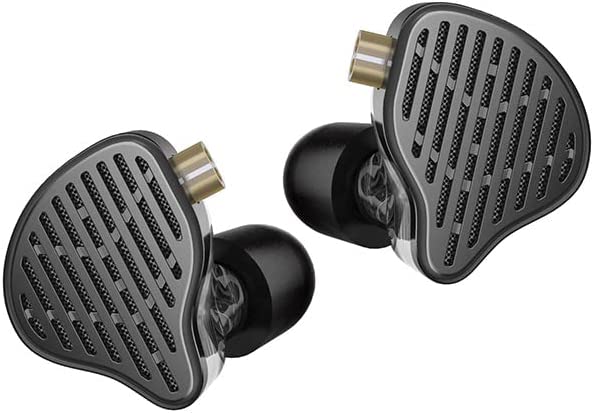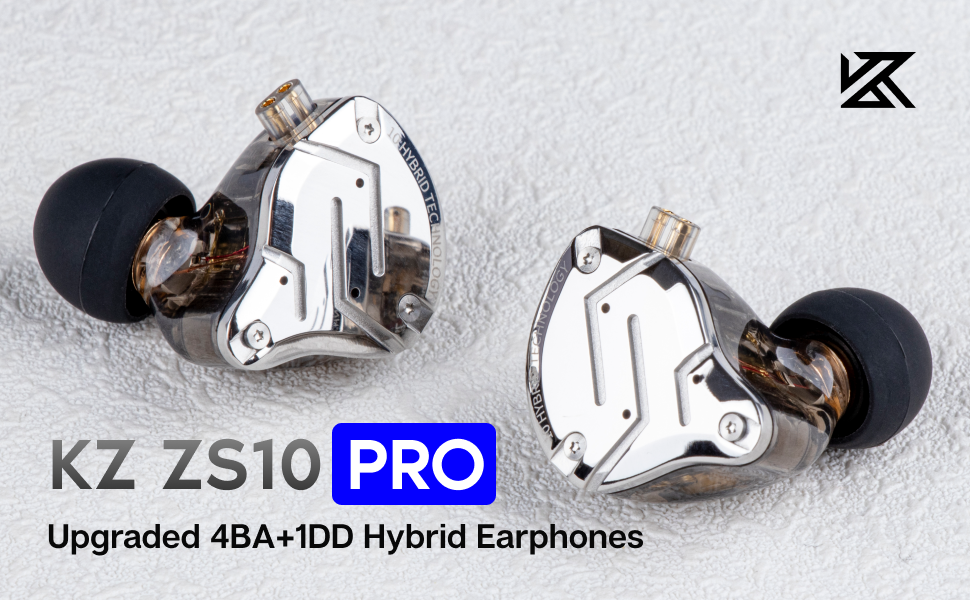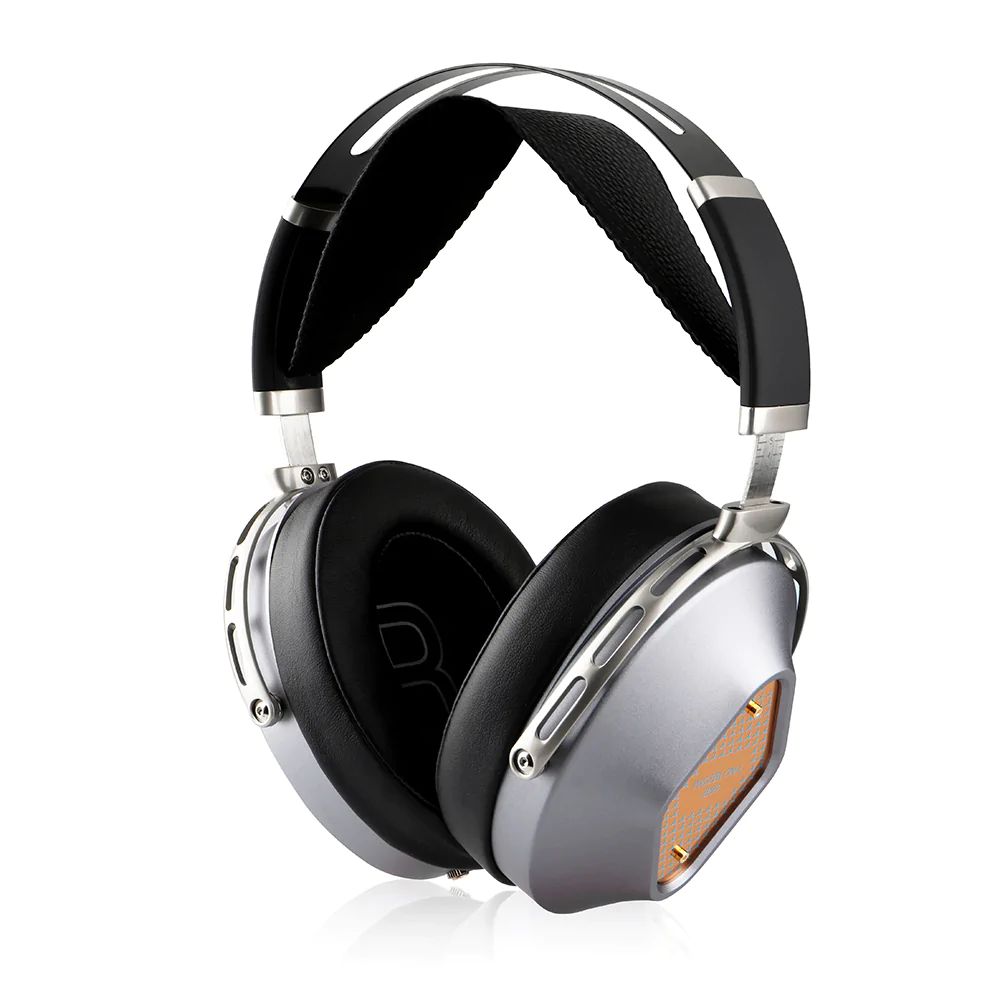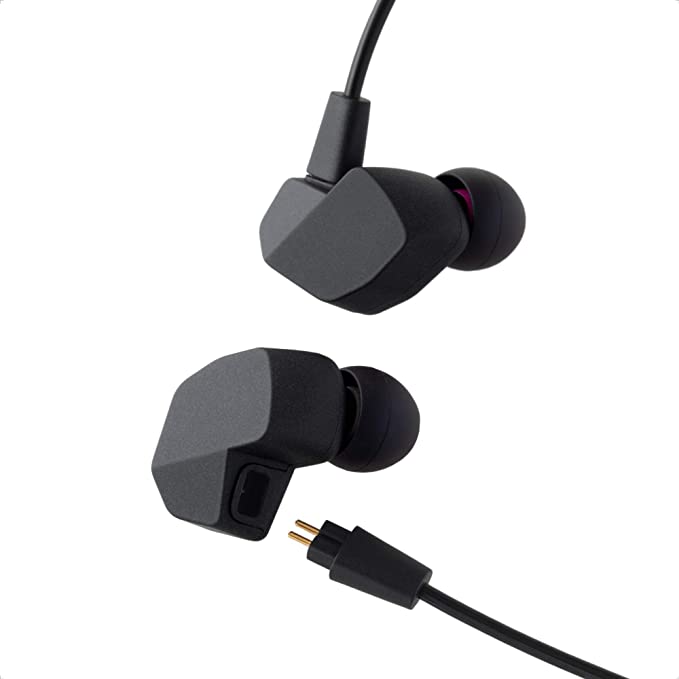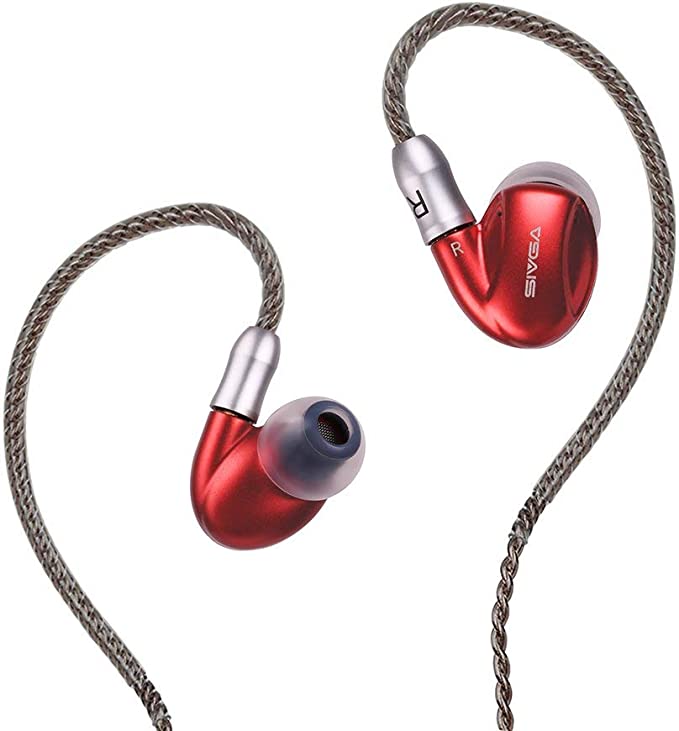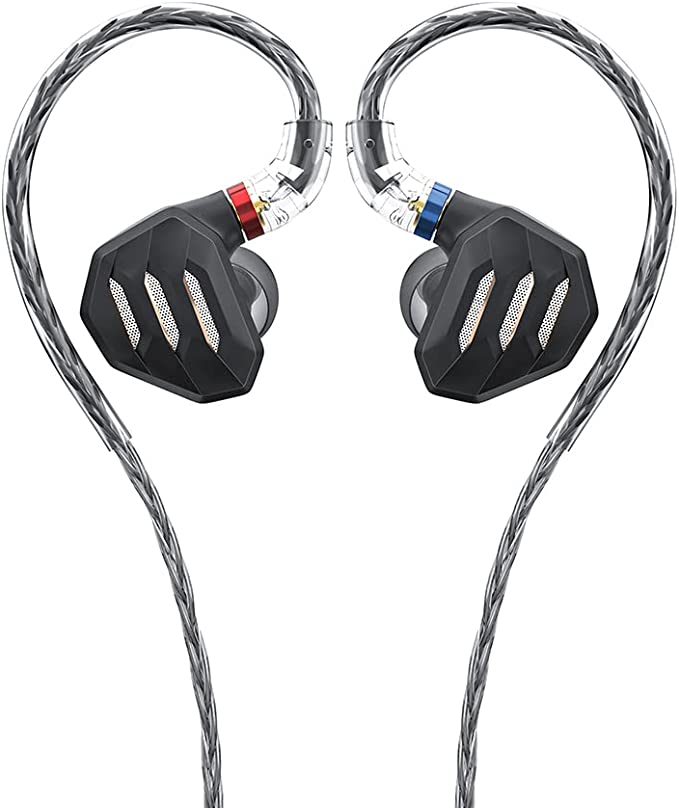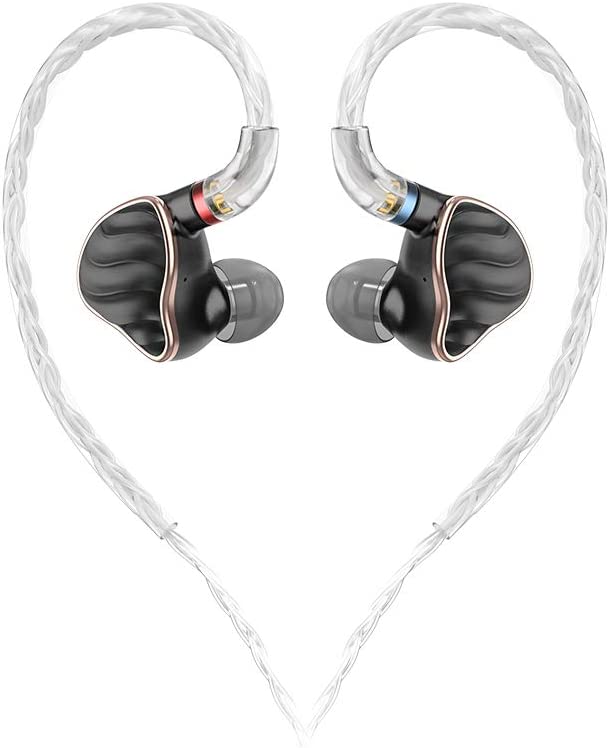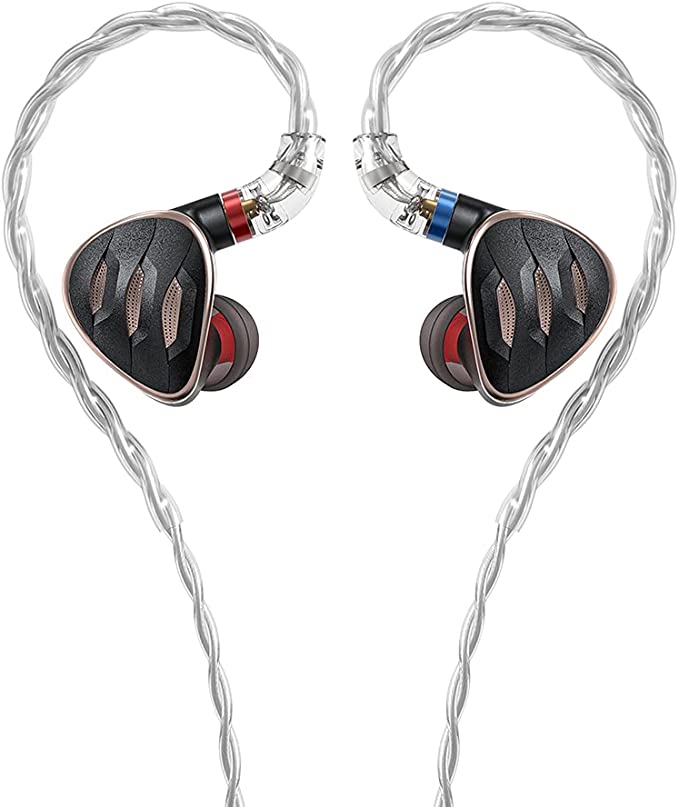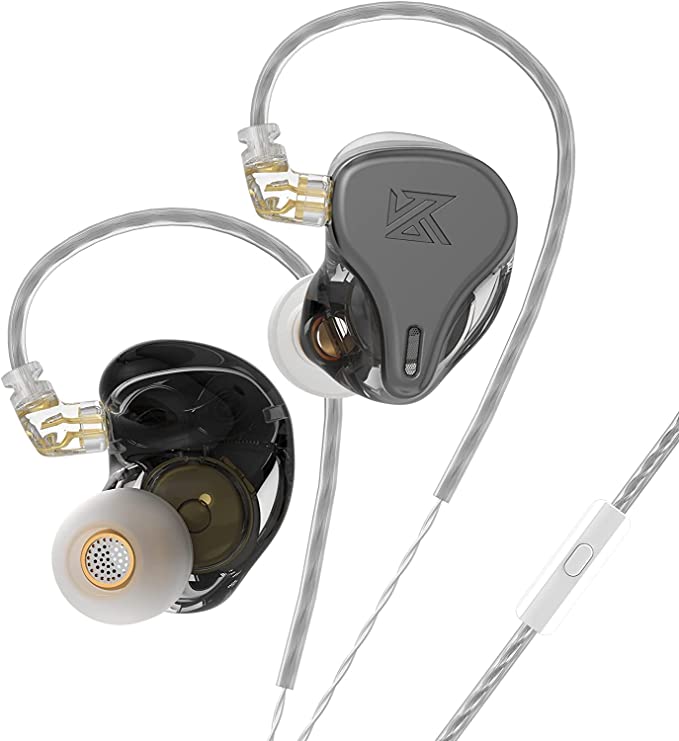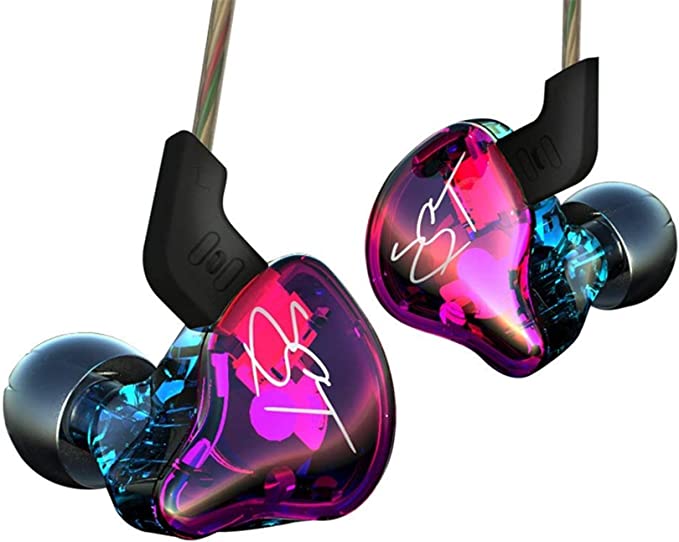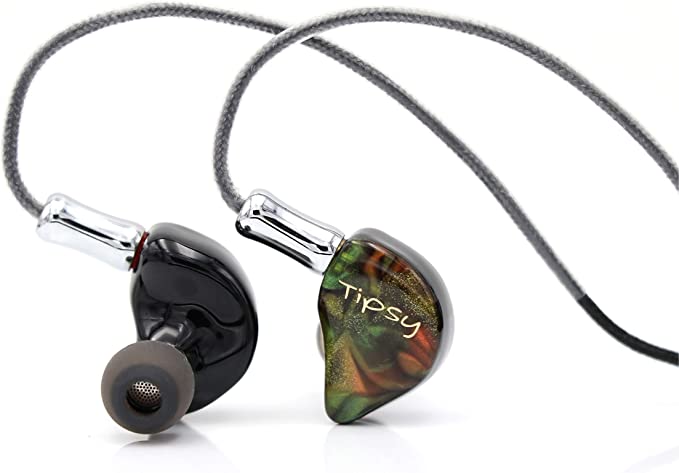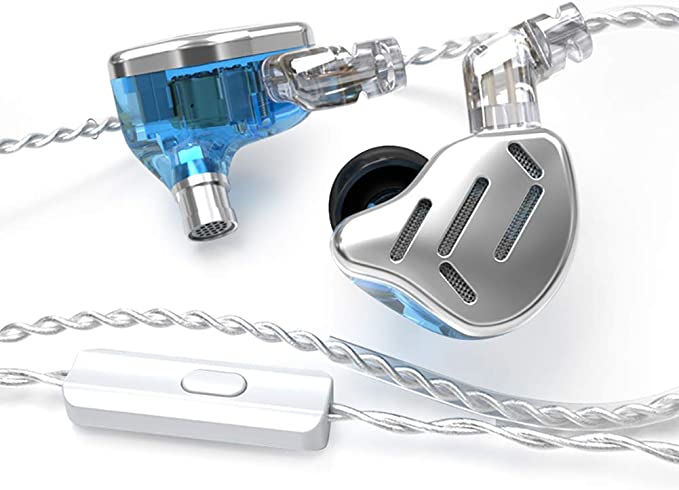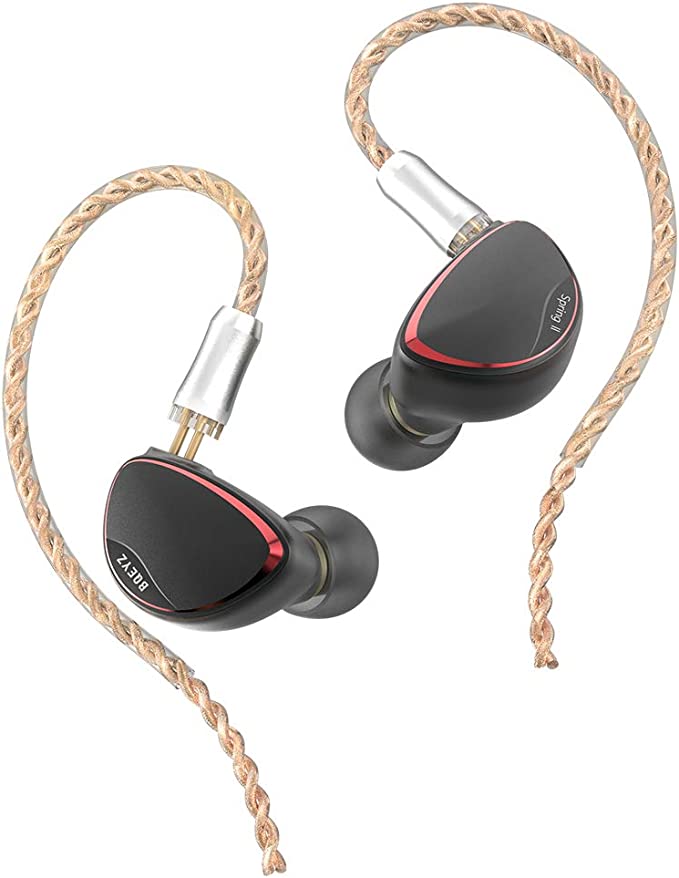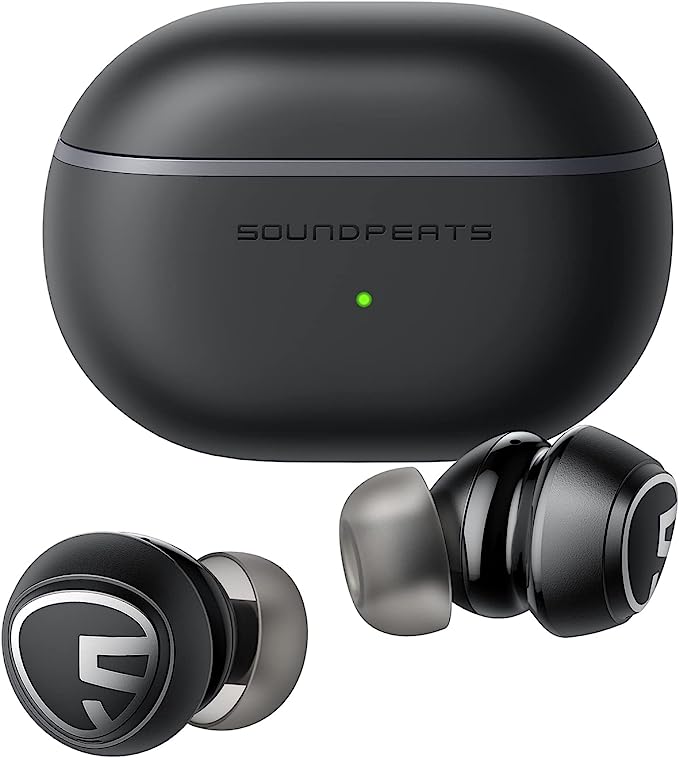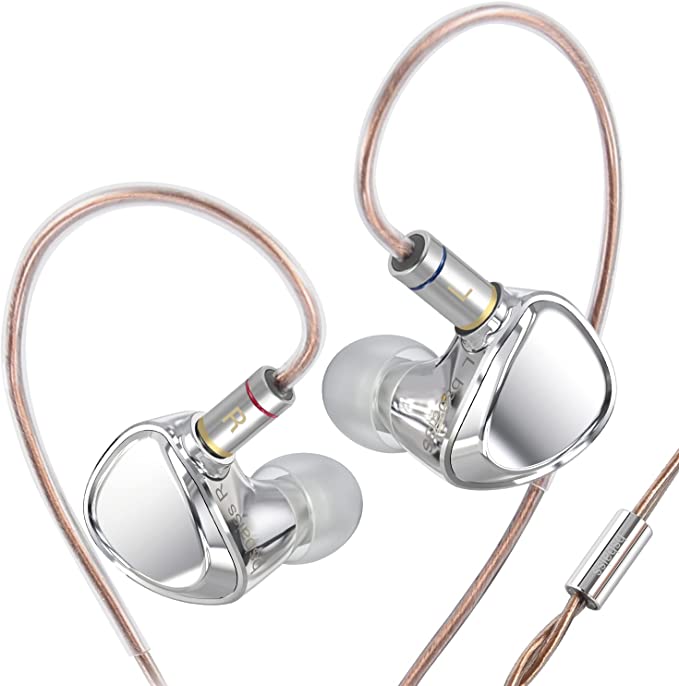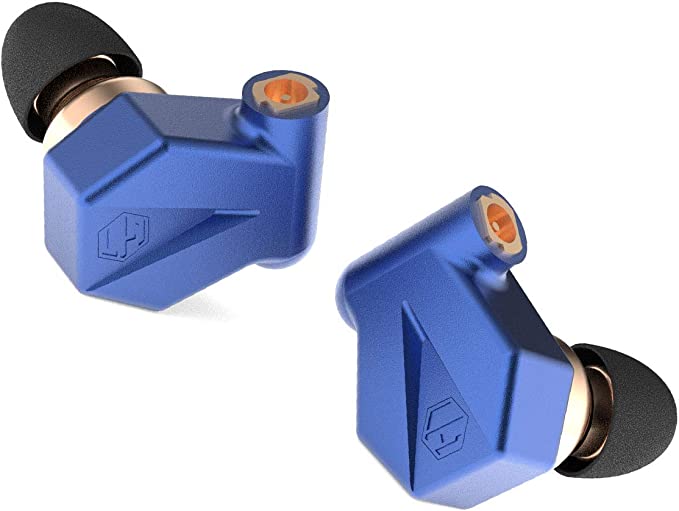Linsoul ZiiGaat x Jay’s Audio Estrella: Unveiling the Science of Immersive Sound
Update on July 24, 2025, 1:55 p.m.
Have you ever closed your eyes while listening to a favorite track and felt, for a fleeting moment, that you were somewhere else entirely? Not just hearing the music, but standing within it—feeling the deep thrum of the bass in your chest, sensing the guitarist to your left, and catching the subtle breath of the singer before the chorus. How is such a vast, holographic soundscape born from a device that fits in the palm of your hand?
This isn’t magic. It’s a meticulously conducted performance, a symphony of specialized components working in perfect harmony. In the world of high-fidelity audio, this performance is often led by a technology known as the hybrid in-ear monitor (IEM). To understand its brilliance, let’s step into our own private concert hall—the Linsoul ZiiGaat x Jay’s Audio Estrella—and meet the musicians.

The Rhythm Section: The Soul of Impact
Every great piece of music is built on a powerful foundation. In our ear-bound orchestra, this role belongs to the Dynamic Driver (DD). Think of it as the rhythm section: the mighty timpani, the resonant double bass, the visceral kick drum. Its job is to move air, and to make you feel the music.
The science behind the dynamic driver is a beautiful application of a classic physics principle: electromagnetic induction, the same force that powers electric motors. It works like a microscopic piston. A voice coil, wrapped around a magnet, is attached to a flexible cone or diaphragm. When the electrical signal of the music’s low frequencies flows through the coil, it creates a magnetic field that interacts with the permanent magnet, pushing and pulling the diaphragm with incredible force. This movement displaces air, generating the deep, textured, and impactful bass notes that give music its weight and soul. Its lineage traces all the way back to the first telephone earpieces, a century-old technology refined to deliver a primal, powerful punch.

The Melodic Voices: The Art of Detail
While the dynamic driver lays the foundation, the soul-stirring melodies and intricate details are rendered by a completely different kind of musician: the Balanced Armature (BA) Driver. If the dynamic driver is the heart of the orchestra, the balanced armatures are its nimble, articulate voices—the soaring violin, the crystalline flute, the articulate piano.
Unlike the piston-like motion of a dynamic driver, a BA operates with the precision of a watchmaker. A tiny reed (the “armature”) is balanced between two magnets and is wrapped in a coil. As the audio signal passes through, it causes this reed to vibrate with incredible speed and agility. This motion is transferred to a very small, stiff diaphragm, generating sound with astonishing clarity and speed.
The origin of the BA driver tells you everything about its strengths. It was perfected not for music, but for the medical world of hearing aids, where the absolute, uncompromised clarity of human speech is paramount. When adapted for music, this heritage translates into an uncanny ability to reproduce the most subtle nuances: the rasp in a singer’s voice, the delicate shimmer of a cymbal’s decay, the intricate texture of a finger-picked guitar string. They handle the complex mid-range and treble frequencies where the true character of the music resides.

The Conductor’s Score: The Science of Harmony
Now, having two types of powerful musicians is one thing. But letting them all play at once without direction would result in sonic chaos—a cacophony of competing sounds. This is where the unsung hero of any hybrid IEM comes in: the Crossover.
The crossover is the orchestra’s conductor, holding the master score. It’s a sophisticated electronic circuit with a singular, crucial task: to act as a traffic director for frequencies. In the case of the Estrella, its three-way crossover takes the incoming audio signal and intelligently divides it into three distinct paths:
- The low-frequency signals are sent exclusively to the powerful dynamic drivers.
- The mid-range frequencies are routed to a dedicated pair of balanced armatures.
- The high-frequency signals are directed to another specialized pair of BAs.
This division of labor is fundamental to achieving high-fidelity sound. It ensures that each driver type only handles the frequencies it is best equipped to reproduce. More importantly, it prevents a phenomenon called phase interference, where sound waves from different drivers can cancel each other out or create distortion, resulting in a sound that feels muddy or unfocused. A well-designed crossover ensures every “musician” plays in perfect time and tune, creating a single, seamless, and breathtakingly coherent performance.
The Concert Hall: The Physics of Space
Finally, even the world’s greatest orchestra needs a great concert hall to sound its best. In an IEM, the physical shell itself is that hall. Its internal chambers are not empty space; they are acoustically engineered to control resonance and airflow, preventing unwanted echoes from coloring the sound. The snug, in-ear fit provides excellent passive noise isolation, creating a quiet, black background that allows the faintest musical details to shine through.
This entire system is designed for high efficiency. With a very low impedance of just 7 ohms, this orchestra doesn’t require immense power to perform. It can be driven beautifully by a simple smartphone, making high-fidelity sound remarkably accessible. The detachable cable adds a final touch of practical engineering, ensuring durability and offering a path for audiophiles to customize their setup.

The Final Performance
When the visceral power of the dynamic drivers, the crystalline detail of the balanced armatures, and the flawless harmony imposed by the crossover all come together within this carefully designed acoustic space, the technical components fade away. What’s left is the performance.
You perceive a wide, expansive soundstage, a feeling of space that extends far beyond the confines of your head. Within that space, you experience precise imaging—the uncanny ability to close your eyes and pinpoint the exact location of every instrument. The conductor, the musicians, and the hall have all done their job. The technology has become invisible, leaving only you and the music. The next time you press play, listen closer. You might just hear the silent, brilliant work of the symphony in your ears.
